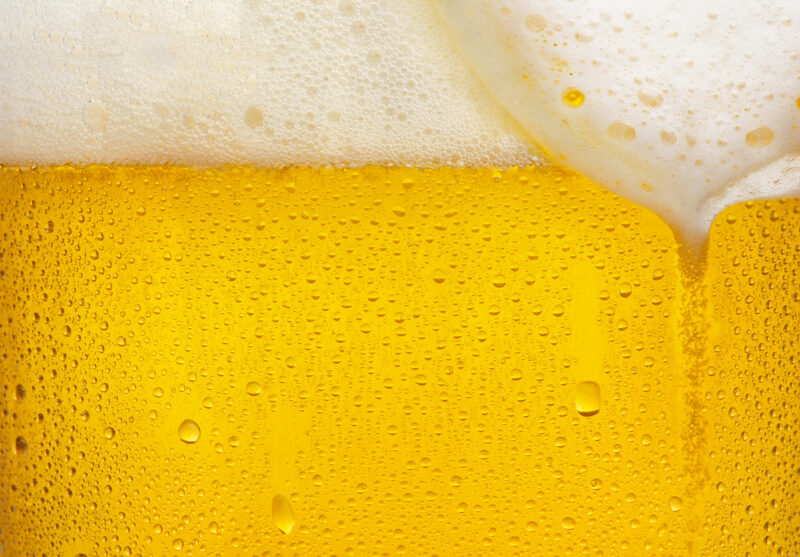Have you ever wondered about the surge in small breweries and wineries over the last few years? Making popular alcoholic beverages that taste incredible no longer demands a sprawling 500-acre Napa vineyard — thanks to science’s wonders!
Fermentation, a natural process orchestrated by yeasts, converts sugar into alcohol. You’ve likely noticed the influx of trendy kombucha drinks gracing shelves — another creation guided by microbes.
There are four primary fermentation types that help to create the perfect taste and texture for your preferred drink:
- Natural Fermentation takes places organically; grapes can ferment over time using existing microbes. This method, while effective and reasonable, requires a lot of time.
- Alcoholic Fermentation occurs by purposefully introducing new and diverse yeast species. Through this method, your beer batch or the grapes for your wine convert the sugar present into alcohol.
The use of various wild yeast and bacteria species will impact your batch’s taste — robust fermentation leads to sour beer! There are two types of alcoholic fermentation that our clients find especially relevant when streamlining their beverage manufacturing processes:
- Acetic Acid Fermentation is a staple in kombucha production. It ferments tea with a mass of bacteria and yeasts, referred to as a SCOBY (or Symbiotic Culture of Bacteria and Yeast).
- Malolactic Fermentation happens when lactic acid bacteria are added to a substance in order to consume the naturally-produced malic acid in grapes, yielding smoother wine.
Microbes guide the alcohol-making process and influence its flavor, as seen above. For instance, Brettanomyces are instrumental in crafting sour beer due to their rapid sugar consumption.
Achieving the ideal blend of microbes tailored to your beverage is crucial for top-tier results. At Biolog Lab Services, to identify microbes, we employ MALDI-TOF technology, a cost-effective microbial identification method. It pinpoints the precise yeast and bacteria needed for your brew, as well as potential contaminants, catering perfectly even to small local breweries.
If you’re trying to understand microbes or how your microbes work at a more fundamental level, you can use Biolog Phenotype MicroArrays to classify them. The microbes are grown in an environment with only one major food source, often small molecules that may be starting points or intermediates in a fermentation process. You can select microbes or groups of microbes that exhibit properties that are important to the rate of consumption or food choice.
Whether you aspire to create the next great beer sensation, home crafted wine, or hip kombucha flavor, delve into the science behind them. You might discover it’s simpler than you ever imagined.
Learn more about brewing services with Biolog Lab Services here.


